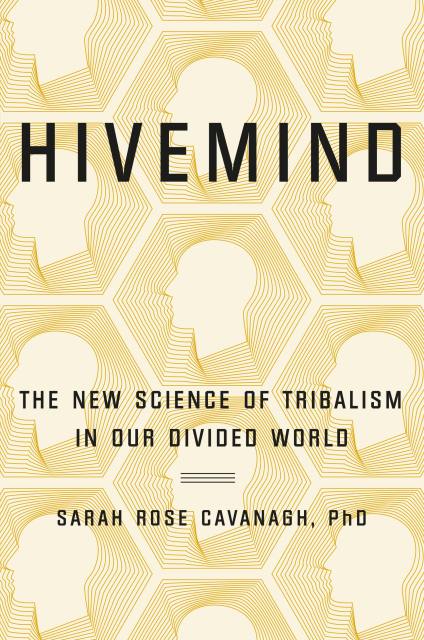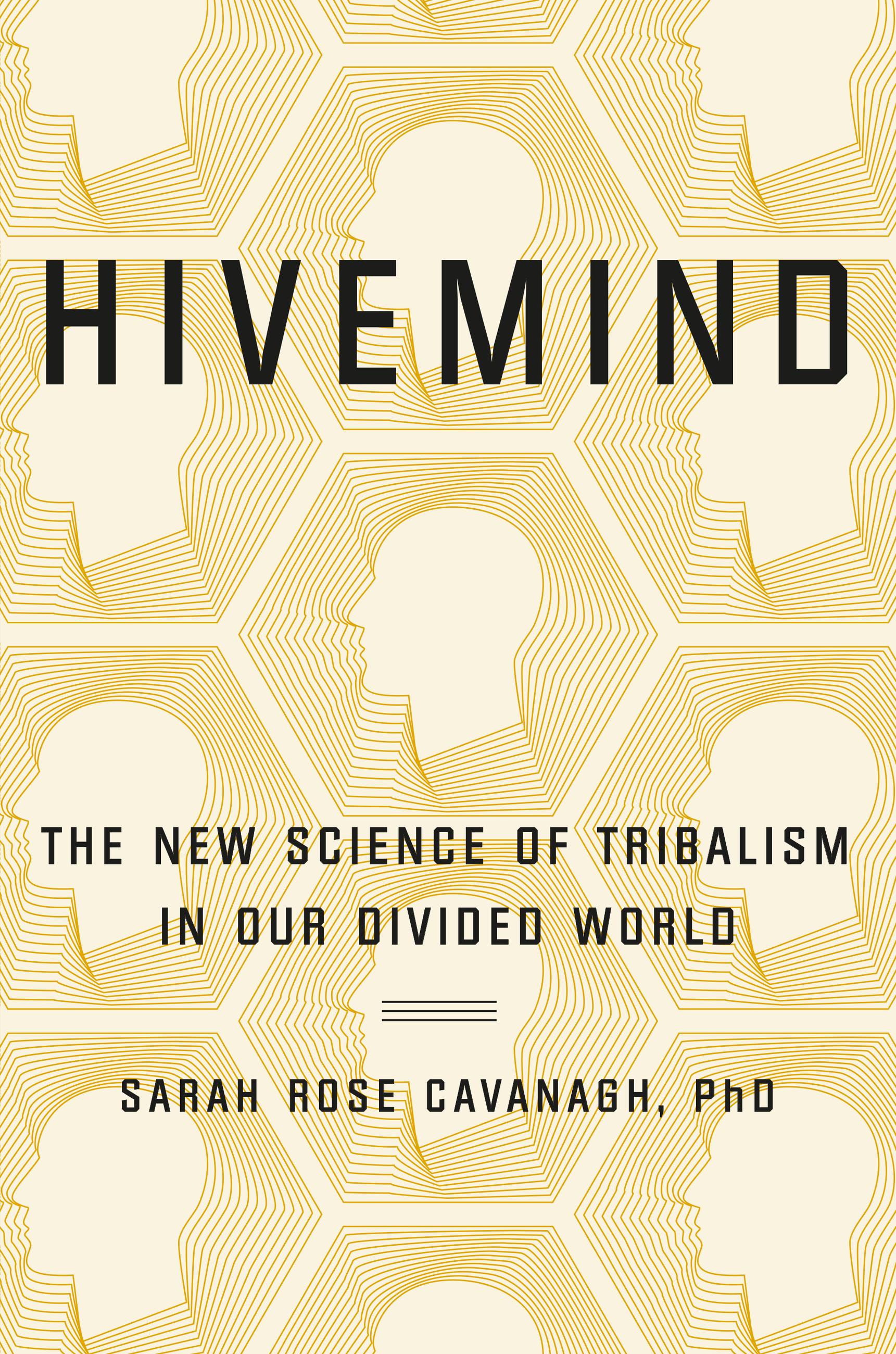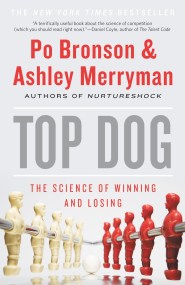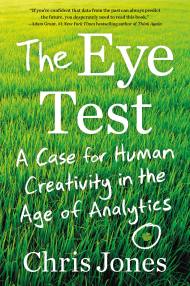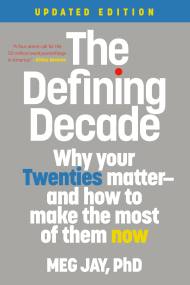Promotion
Use code MOM24 for 20% off site wide + free shipping over $45
Hivemind
The New Science of Tribalism in Our Divided World
Contributors
Formats and Prices
Price
$14.99Price
$19.99 CADFormat
Format:
- ebook $14.99 $19.99 CAD
- Hardcover $28.00 $35.00 CAD
- Audiobook Download (Unabridged)
This item is a preorder. Your payment method will be charged immediately, and the product is expected to ship on or around September 3, 2019. This date is subject to change due to shipping delays beyond our control.
Also available from:
At the crossroads between The Shallows and Presence, Hivemind is a provocative look at how communities can sync up around shared ideas, and how this hive mentality is contributing to today’s polarized times.
Hivemind: A collective consciousness in which we share consensus thoughts, emotions, and opinions; a phenomenon whereby a group of people function as if with a single mind.
Our views of the world are shaped by the stories told by our self-selected communities. Whether seeking out groups that share our tastes, our faith, our heritage, or other interests, since the dawn of time we have taken comfort in defining ourselves through our social groups. But what happens when we only socialize with our chosen group, to the point that we lose the ability to connect to people who don’t share our passions? What happens when our tribes merely confirm our world view, rather than expand it?
We have always been a remarkably social species-our moods, ideas, and even our perceptions of reality synchronize without our conscious awareness. The advent of social media and smartphones has amplified these tendencies in ways that spell both promise and peril. Our hiveish natures benefit us in countless ways-combatting the mental and physical costs of loneliness, connecting us with collaborators and supporters, and exposing us to entertainment and information beyond what we can find in our literal backyards. But of course, there are also looming risks-echo chambers, political polarization, and conspiracy theories that have already begun to have deadly consequences.
Leading a narrative journey from the site of the Charlottesville riots to the boardrooms of Facebook, considering such diverse topics as zombies, neuroscience, and honeybees, psychologist and emotion regulation specialist Sarah Rose Cavanagh leaves no stone unturned in her quest to understand how social technology is reshaping the way we socialize. It’s not possible to turn back the clocks, and Cavanagh argues that there’s no need to; instead, she presents a fully examined and thoughtful call to cut through our online tribalism, dial back our moral panic about screens and mental health, and shore up our sense of community.
With compelling storytelling and shocking research, Hivemind is a must-read for anyone hoping to make sense of the dissonance around us.
Hivemind: A collective consciousness in which we share consensus thoughts, emotions, and opinions; a phenomenon whereby a group of people function as if with a single mind.
Our views of the world are shaped by the stories told by our self-selected communities. Whether seeking out groups that share our tastes, our faith, our heritage, or other interests, since the dawn of time we have taken comfort in defining ourselves through our social groups. But what happens when we only socialize with our chosen group, to the point that we lose the ability to connect to people who don’t share our passions? What happens when our tribes merely confirm our world view, rather than expand it?
We have always been a remarkably social species-our moods, ideas, and even our perceptions of reality synchronize without our conscious awareness. The advent of social media and smartphones has amplified these tendencies in ways that spell both promise and peril. Our hiveish natures benefit us in countless ways-combatting the mental and physical costs of loneliness, connecting us with collaborators and supporters, and exposing us to entertainment and information beyond what we can find in our literal backyards. But of course, there are also looming risks-echo chambers, political polarization, and conspiracy theories that have already begun to have deadly consequences.
Leading a narrative journey from the site of the Charlottesville riots to the boardrooms of Facebook, considering such diverse topics as zombies, neuroscience, and honeybees, psychologist and emotion regulation specialist Sarah Rose Cavanagh leaves no stone unturned in her quest to understand how social technology is reshaping the way we socialize. It’s not possible to turn back the clocks, and Cavanagh argues that there’s no need to; instead, she presents a fully examined and thoughtful call to cut through our online tribalism, dial back our moral panic about screens and mental health, and shore up our sense of community.
With compelling storytelling and shocking research, Hivemind is a must-read for anyone hoping to make sense of the dissonance around us.
Genre:
- On Sale
- Sep 3, 2019
- Page Count
- 304 pages
- Publisher
- Grand Central Publishing
- ISBN-13
- 9781538713341
Newsletter Signup
By clicking ‘Sign Up,’ I acknowledge that I have read and agree to Hachette Book Group’s Privacy Policy and Terms of Use
